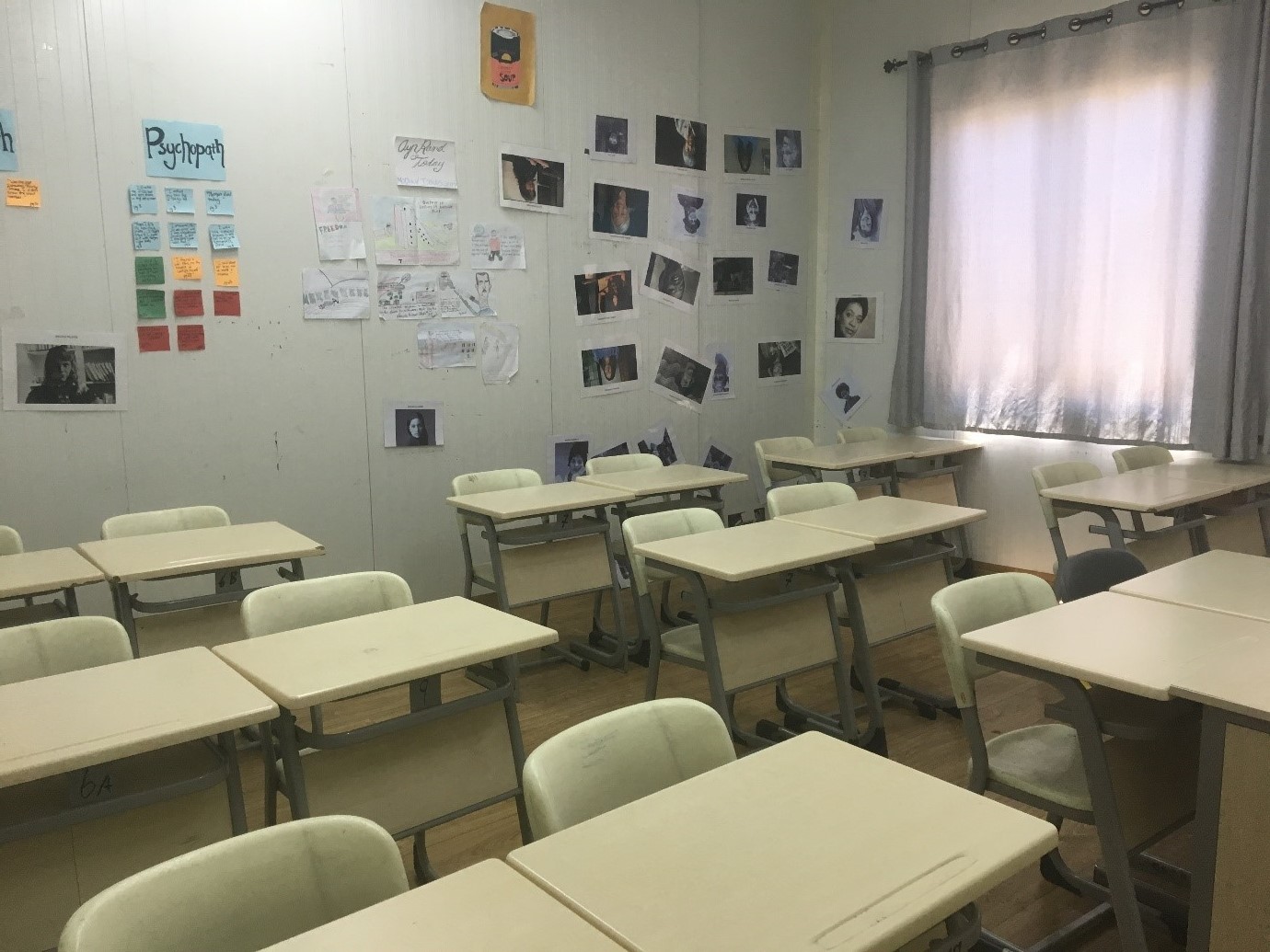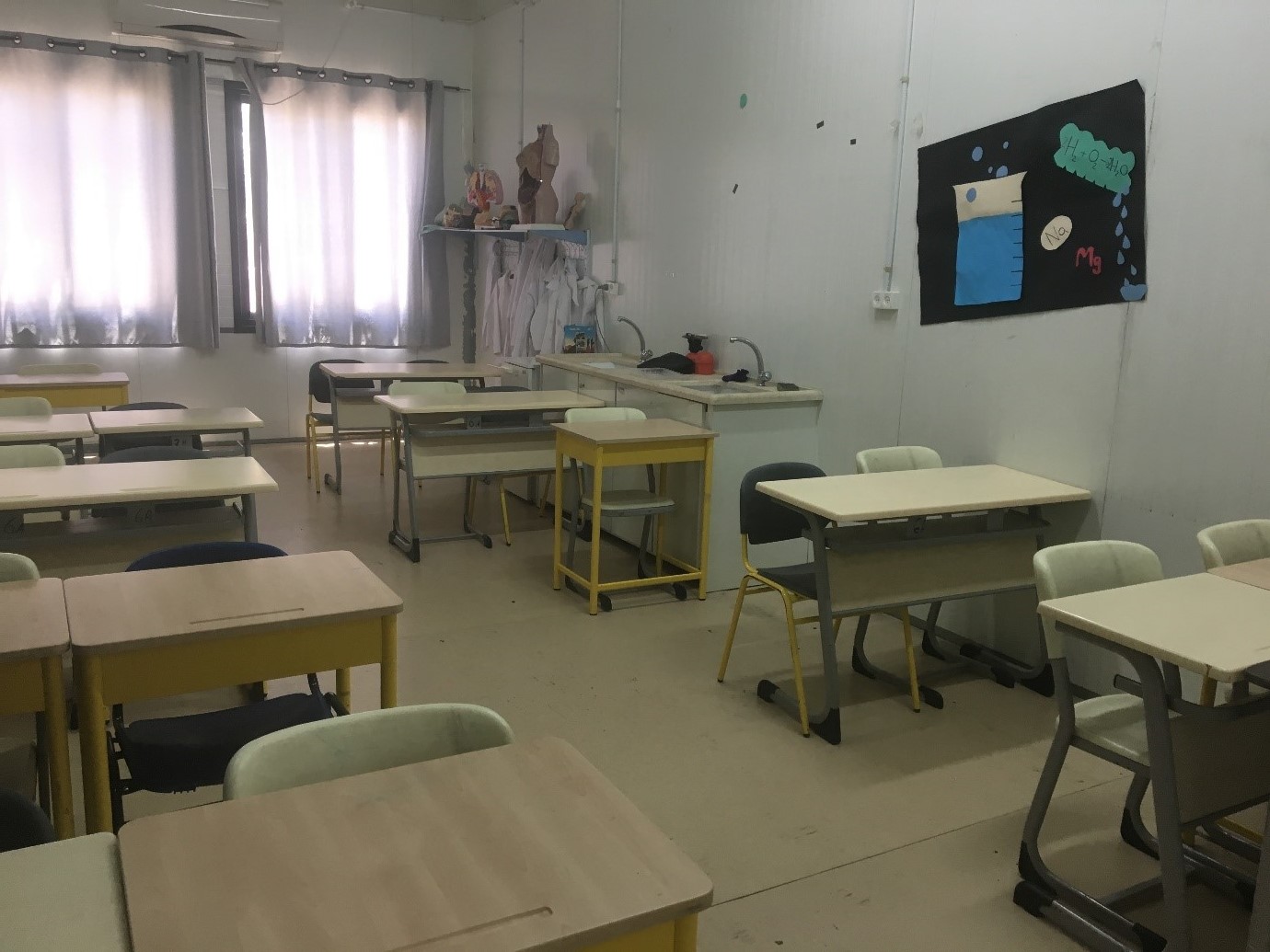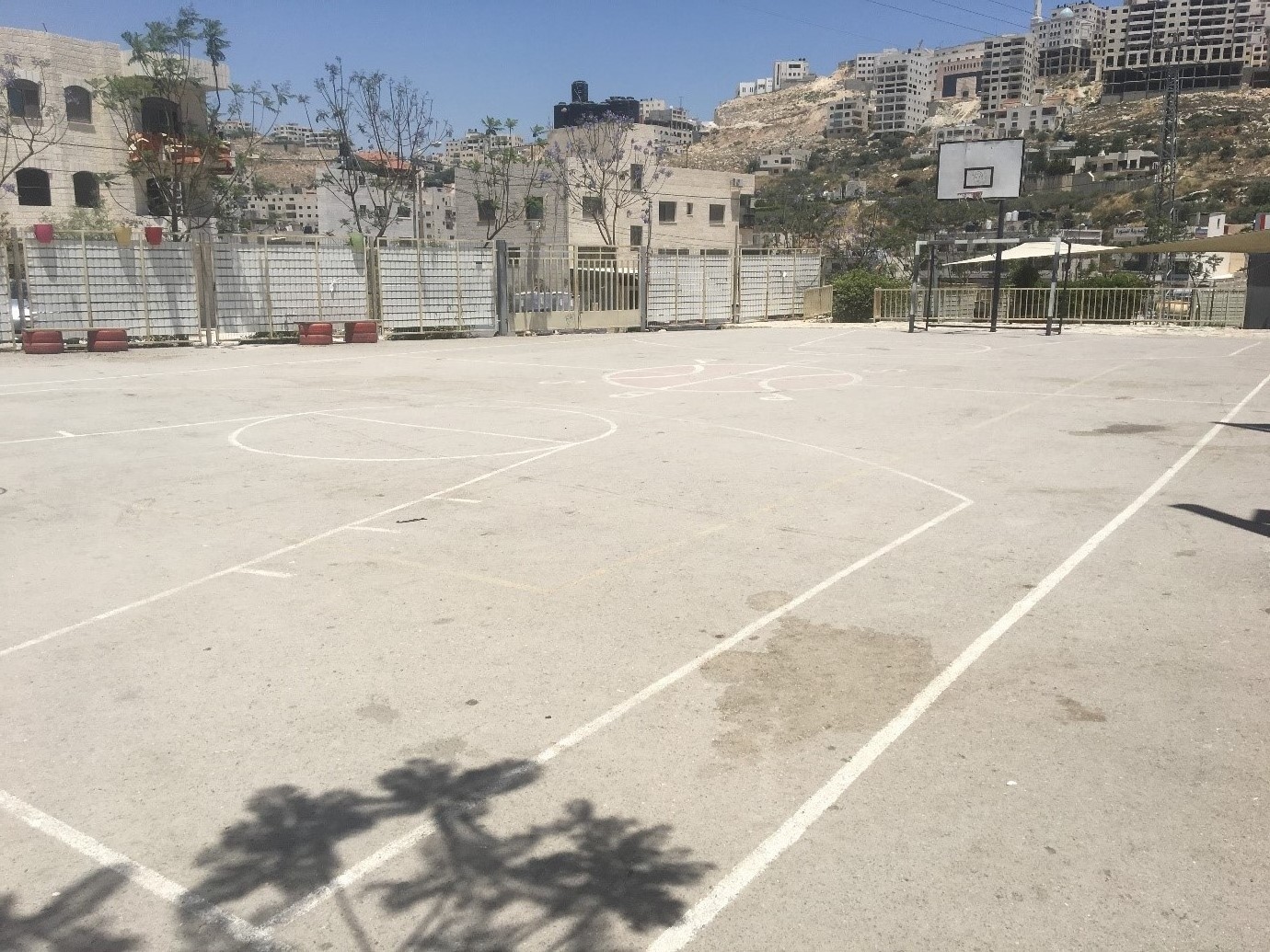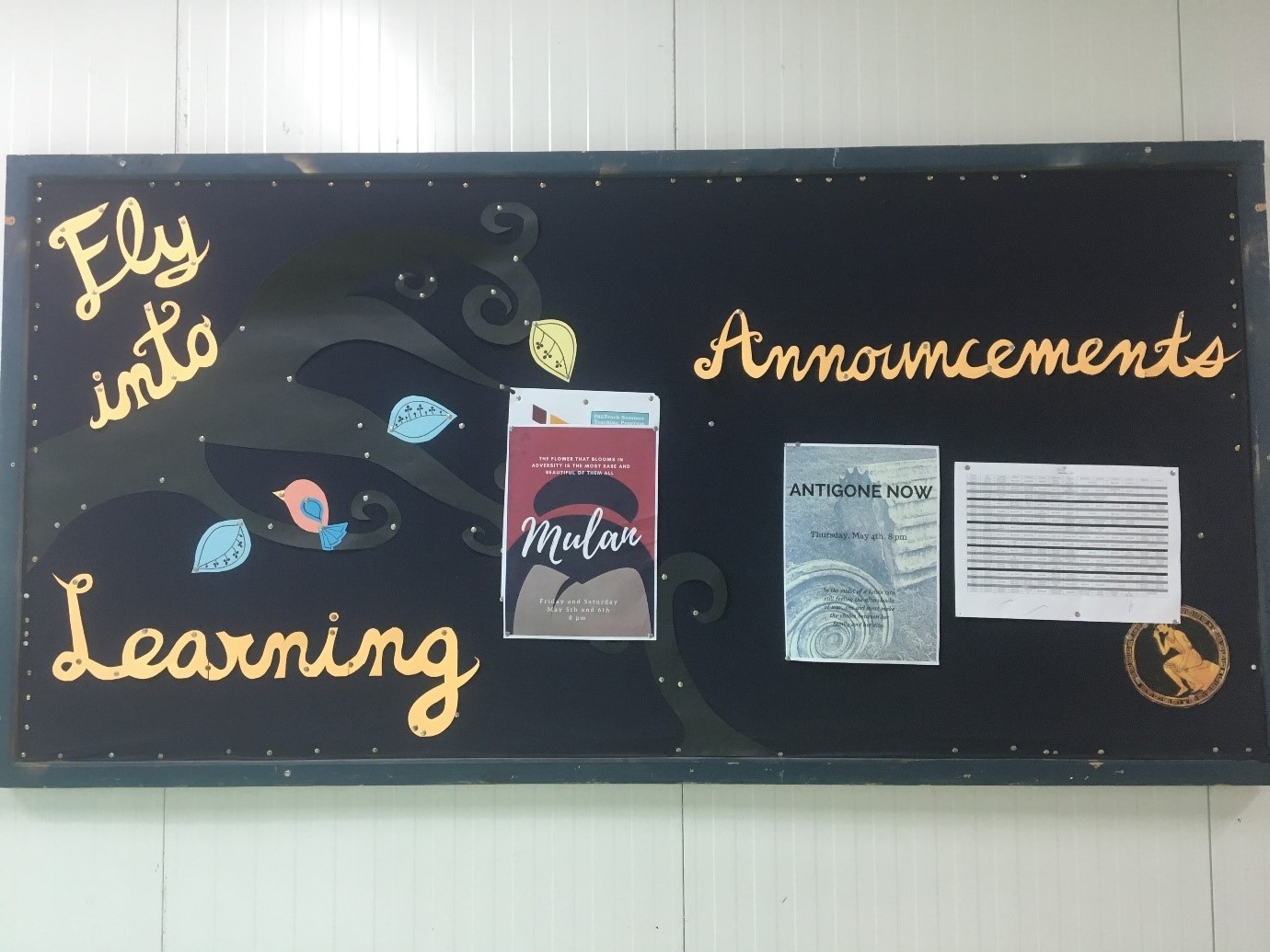I completed my Graduate Certificate in Project Monitoring and Evaluation from American University in two cities. I started while living in Hartford, Connecticut, and found myself testing my newfound evaluation skills while doing a fellowship with a local non-governmental organization. I concluded my studies while living and working in the West Bank, Palestinian Territories. I had taken a job as a literature teacher there, in hopes of using the time to learn Arabic and become more familiar with a region of great interest to me. During the course of my stay in the West Bank, I have found myself doing pro-bono evaluations for local organizations. The skills that I had learned in the certificate program were useful for both my US domestic non-governmental work, as well as my work in international development. This is the story of one organization’s need for an evaluation, without the appetite to support it.
The Consistency Gap – Need for Needs Assessment

One of the first things that became apparent at the West Bank school was the need for a monitoring and evaluation process of some kind. It is a school under development; I have been here for two years and am now teaching our first graduating class. The school and its students hold a great deal of potential. The students are bright, and, standard teenage attitudes aside, driven. The teachers produce engaging, creative teaching material. Our students take SAT exams instead of the local Tawjihi exam in hopes of pursuing secondary education abroad; we have many students who have already received not only university admission but also scholarships, in some cases full-rides. So much of this potential, however, is lost or overlooked in the daily bustle. The school is unsure of the kind of study it wants to facilitate and the kind of student it wants to graduate. It often hires people like me – well-educated, young professionals with teaching experience, but without certifications – which means lesson and curricula development, though engaging and creative, lack cohesion across grade levels or fields. At an even more basic level, the disorganization is rampant: documents are filed either inconsistently or counterintuitively, and it is often difficult to discern who, exactly, is responsible for which tasks in our administration.

Proposing a Case-Study Monitoring and Evaluation Plan
I spent countless afternoons at my kitchen table, chipping away at my coursework, mulling over the possibility of proposing a case-study M&E plan to the school.

I pitched the idea to my supervisor. I had done an informal needs assessment, and I had an idea of what methodology would be useful. We spoke about both the need for, and potential of, an M&E plan. The proposal came on the heels of a discovery that a 10th grader’s file was missing the student’s SAT scores, but included a report card from the 3rd grade. This discovery highlighted the need for better management systems, and my supervisor was excited about the prospect of monitoring activities and carrying out an evaluation. I put together a few preliminary documents and a better-developed proposal. And then the idea died, slowly and quietly, and was never mentioned again. The evaluation became a victim of what our monitoring and evaluation texts called micropolitics.
The Effect of Micropolitics

Some of this disappearance can be attributed to the school’s position amid historical, cultural, and political factors. Nablus is a close-knit community tucked between two mountains; it was hard-hit in the Second Intifada and cut off from the rest of the West Bank. Partially in response to this, it is relatively conservative, and it has taken time for the community to trust a school that teaches an American curriculum and hires young Americans and Europeans. The school balances a variety of factors: the wishes of the community, the demands of the Ministry of Education, the work of the teachers, and the goals of the school itself. This is also a region that struggles with attaching value to education systems. Tawjihi scores have a linear relationship with future career options – those in the 99th percentile can study medicine and law, those slightly lower can study engineering. It is those with the lowest Tawjihi scores who often become teachers. Success in school is measured as success on the Tawjihi exam rather than educational processes, and teachers themselves are often those who were least-prepared. Finally, it is difficult not only to identify useful and appropriate resources, both academically and culturally, but also to get them here to our school.
I was prepared, through my coursework, for the ideas that M&E might not happen, or might happen differently than the evaluator’s preference, because of cultural or logistical considerations. I anticipated using M&E processes for strictly-evaluative purposes, gauging the current functioning of the school against baseline data and long-term goals. Our school, in many ways, possesses neither of those in any concrete form. I was not prepared for the ambiguous middle-ground in which an organization wants, and needs, an evaluation but struggles with defining basic elements like program goals. I was not prepared for reluctant buy-in for M&E, when an Evaluation Statement of Work already exists. My eventual conclusion was that the school is reluctant to define itself – the balancing act it plays with its stakeholders, its staff, and its students has dissuaded the institution from any declarative statements about the work it does and the role it plays. At first I thought the school needed to make a set of critical, big decisions; now I understand that it needs to learn and grow its way into a set of results.
Taking a Flexible Monitoring and Evaluation Plan Approach

My greatest lesson, since obtaining my Certificate in Project Monitoring and Evaluation and coming here, has been to apply M&E thinking processes without the specific project processes. We have to think like evaluators on a small scale, and do so constantly. Our needs-based assessments happen daily, often in the form of confusion or frustration. We find our greatest success at the intersections of small problems: for example, one’s frustration at being unable to find school supplies, another’s at finding incomplete student files, and yet another’s at being unable to schedule extracurricular activities helped open a conversation about how we define (or don’t, as the case may be) tasks and duties for different positions. Rather than identifying a simple solution that patches over the problem – the norm until now – we can work on identifying small, distinct goals, developing a process that could be, but isn’t, mapped in a Logframe, and then better identify where things go wrong when they do go wrong. Although this process is not systematic, it is useful. It allows for the flexibility that characterizes the school’s daily functioning and opens up the opportunity for continuous re-assessment. Eventually all of these small solutions will build to a gradual, systematic overhaul. It is not the M&E plan I learned to develop in my coursework, but it is an analytical process that fits the working culture here at the school, and it has seen much more success already.
About the Author
 Emily Gutzmer is an English literature teacher in the West Bank, Palestinian Territories. She obtained her Master’s of Science in Comparative Politics from the LSE in 2013 and completed her Project Monitoring and Evaluation certification with American University in 2015. Her research has focused on the interactions between governments, civil society, and non-state actors in areas of political instability.
Emily Gutzmer is an English literature teacher in the West Bank, Palestinian Territories. She obtained her Master’s of Science in Comparative Politics from the LSE in 2013 and completed her Project Monitoring and Evaluation certification with American University in 2015. Her research has focused on the interactions between governments, civil society, and non-state actors in areas of political instability.
To learn more about American University’s online Graduate Certificate in Project Monitoring & Evaluation or online MS in Measurement and Evaluation program, request more information or contact an admissions advisor at 855-725-7614.



